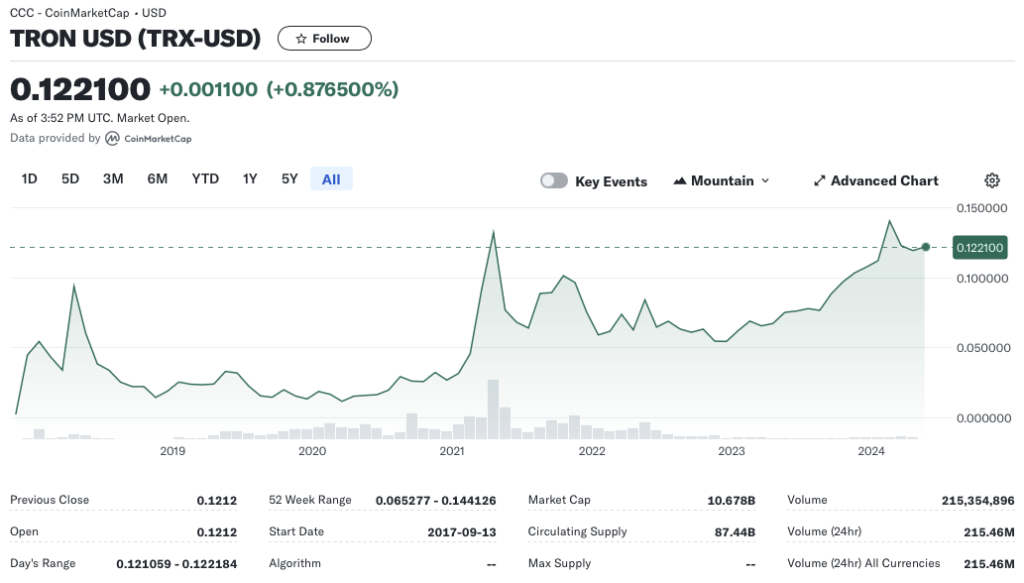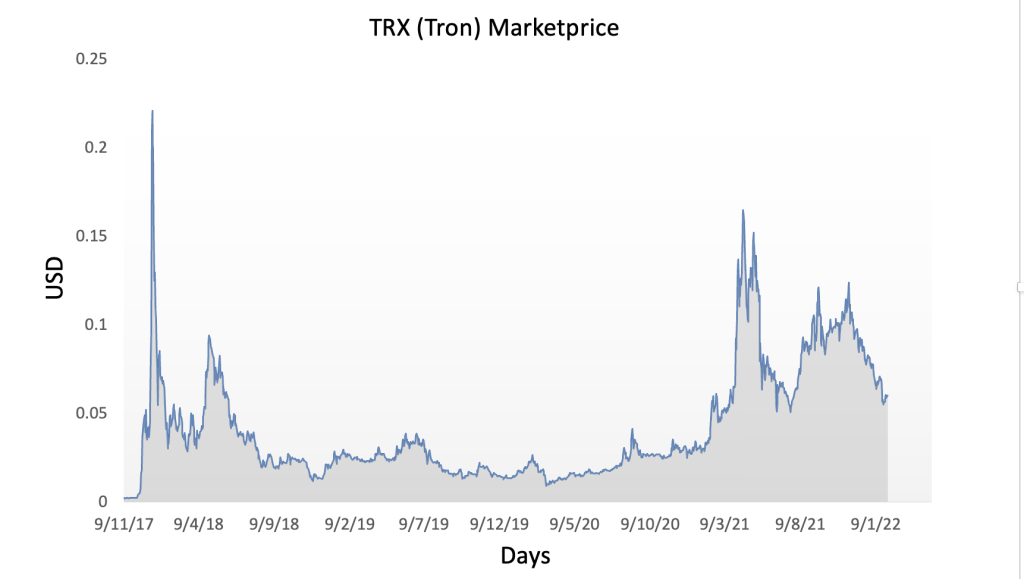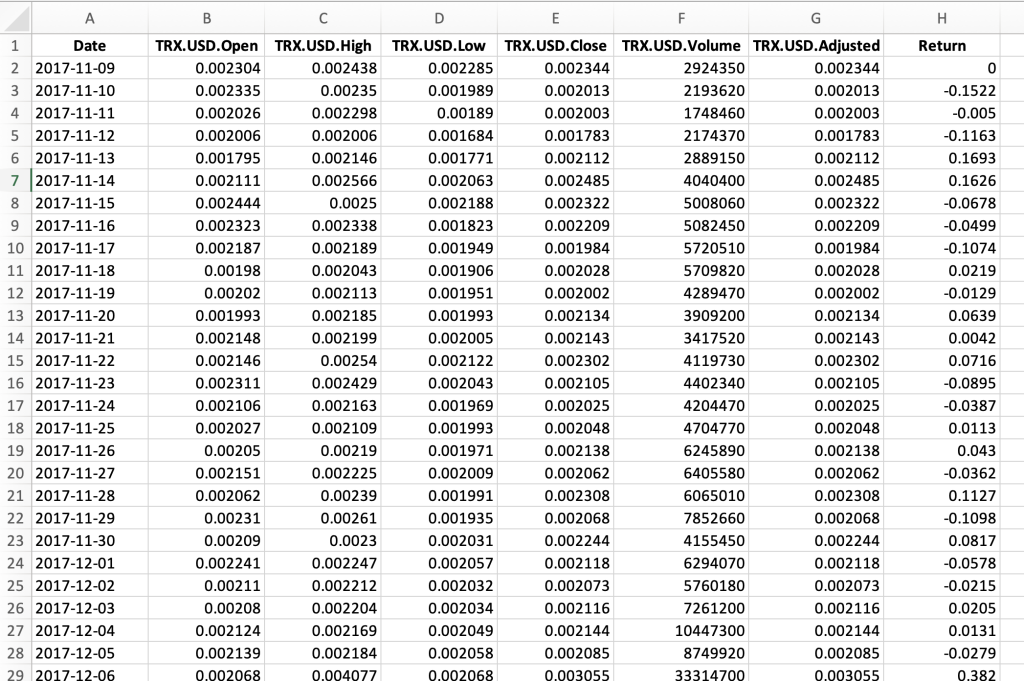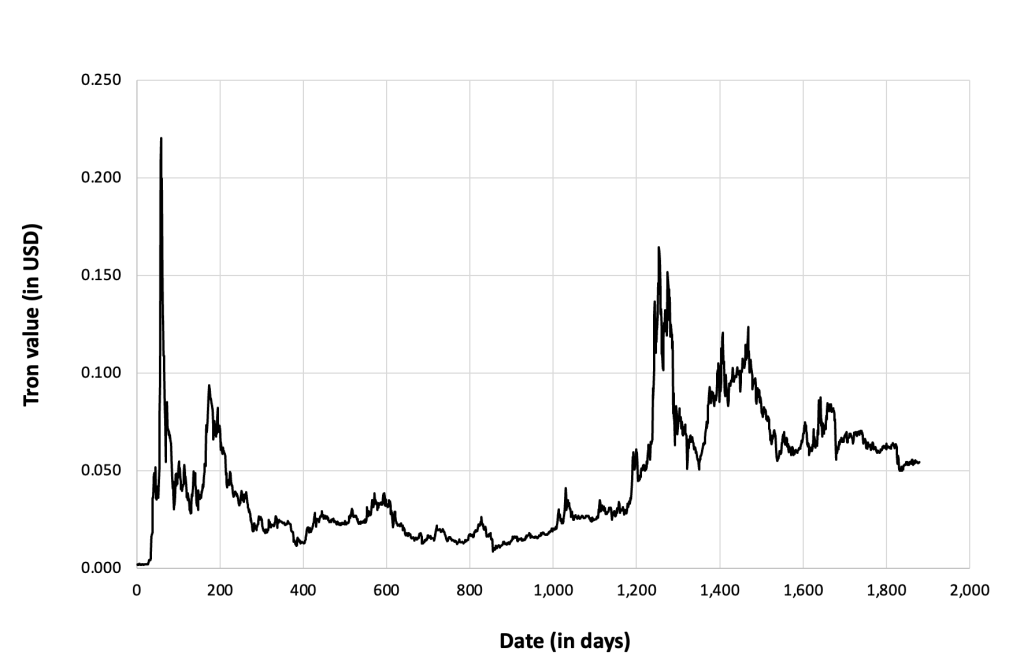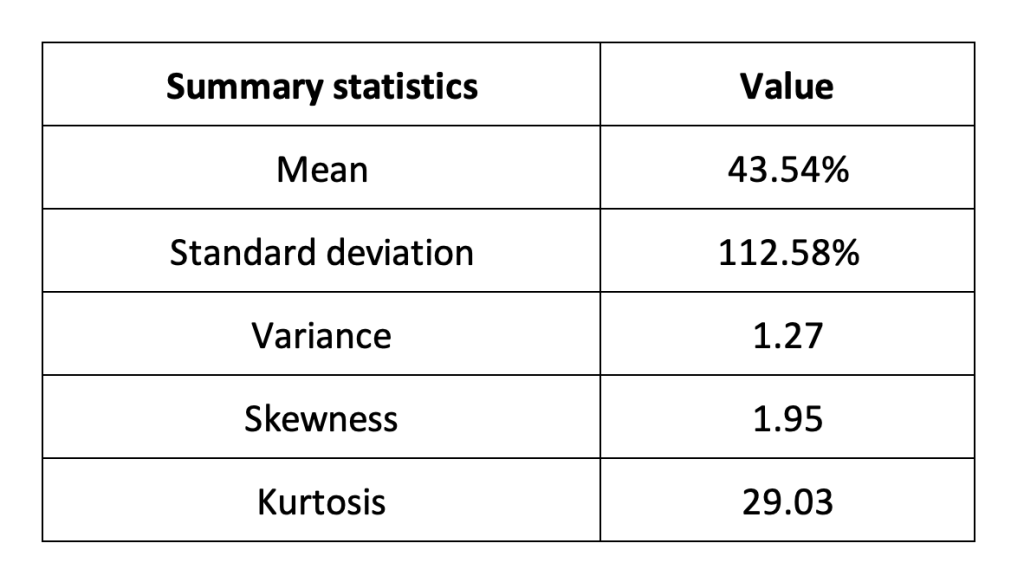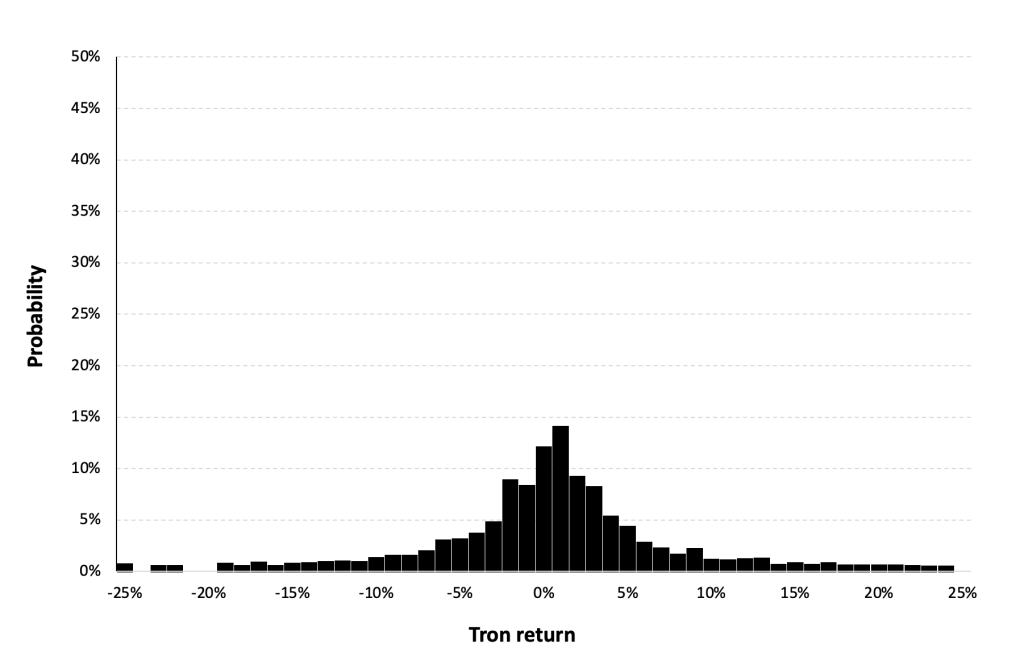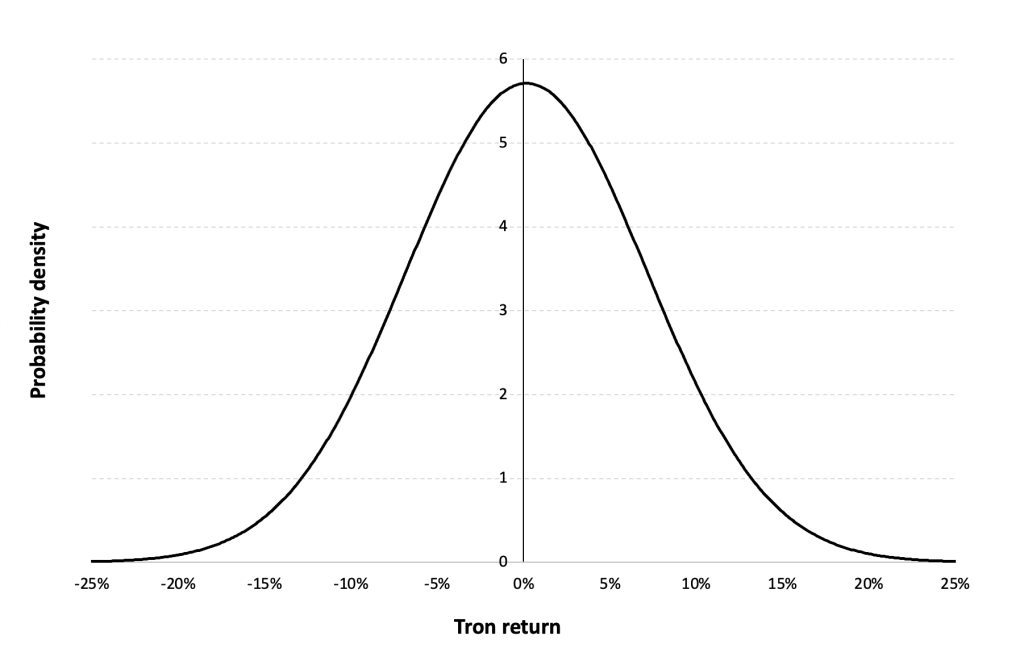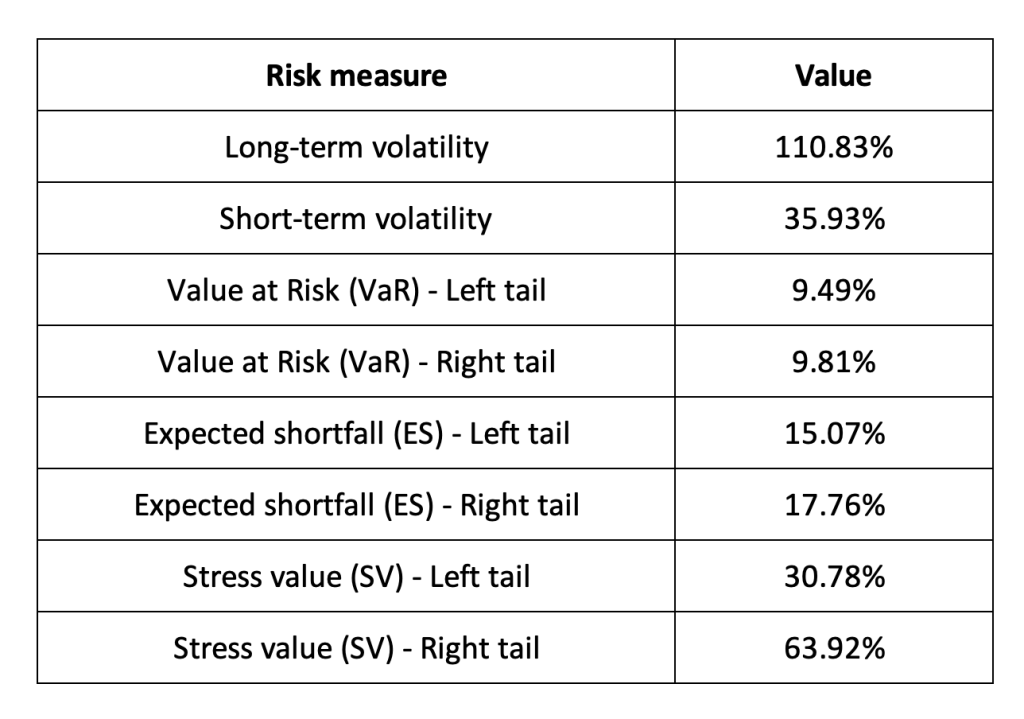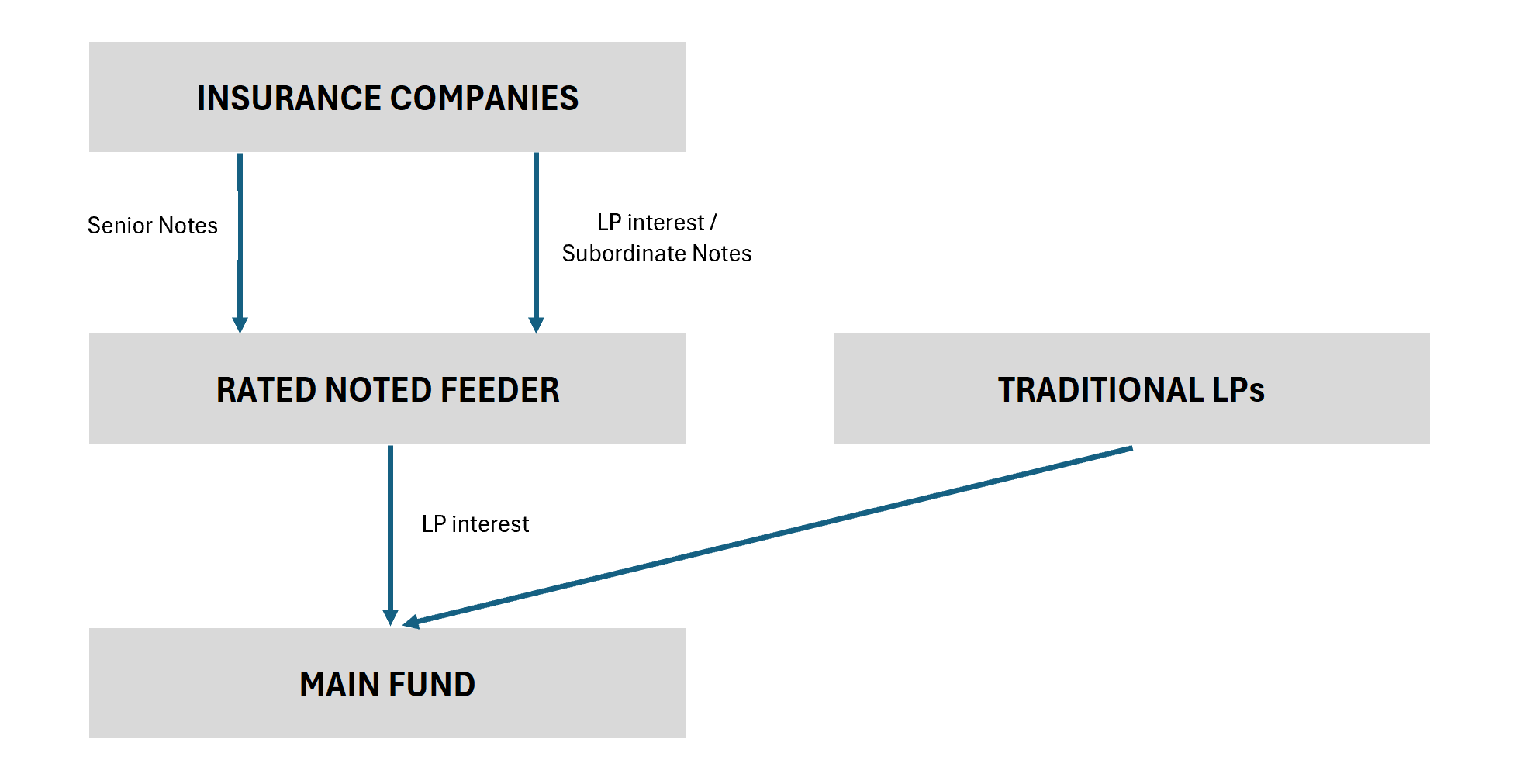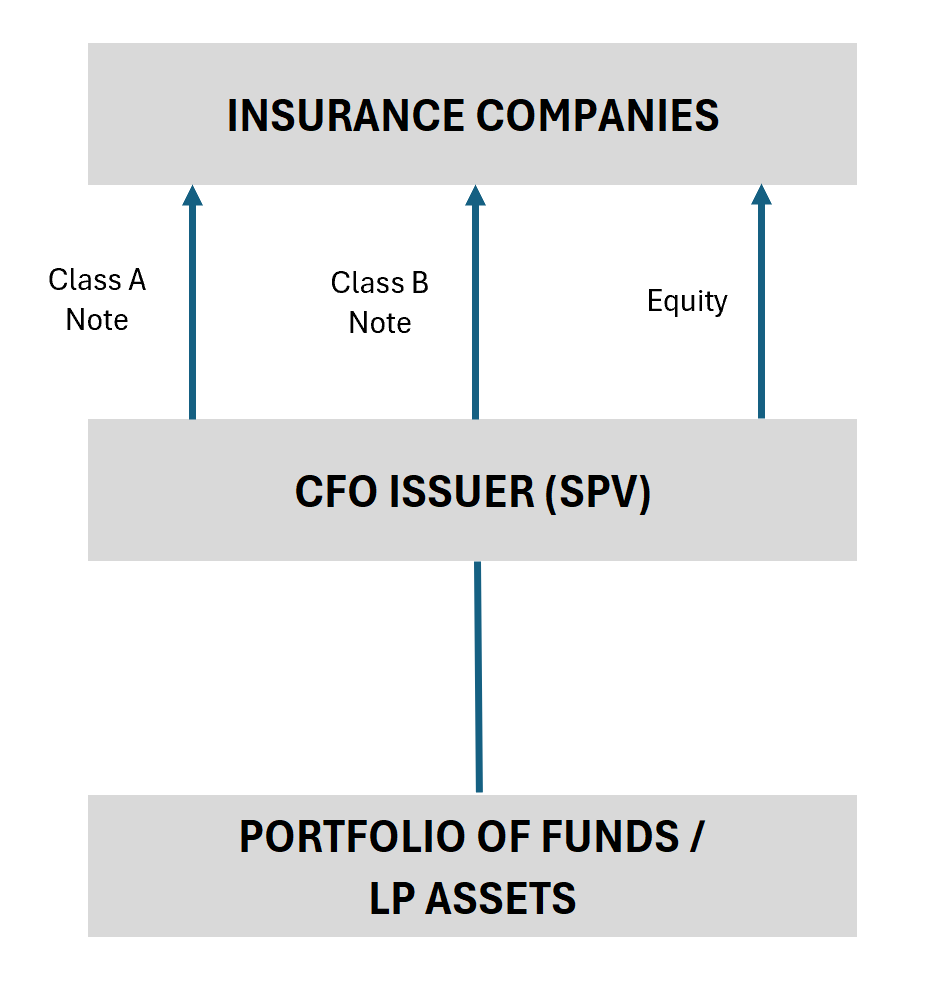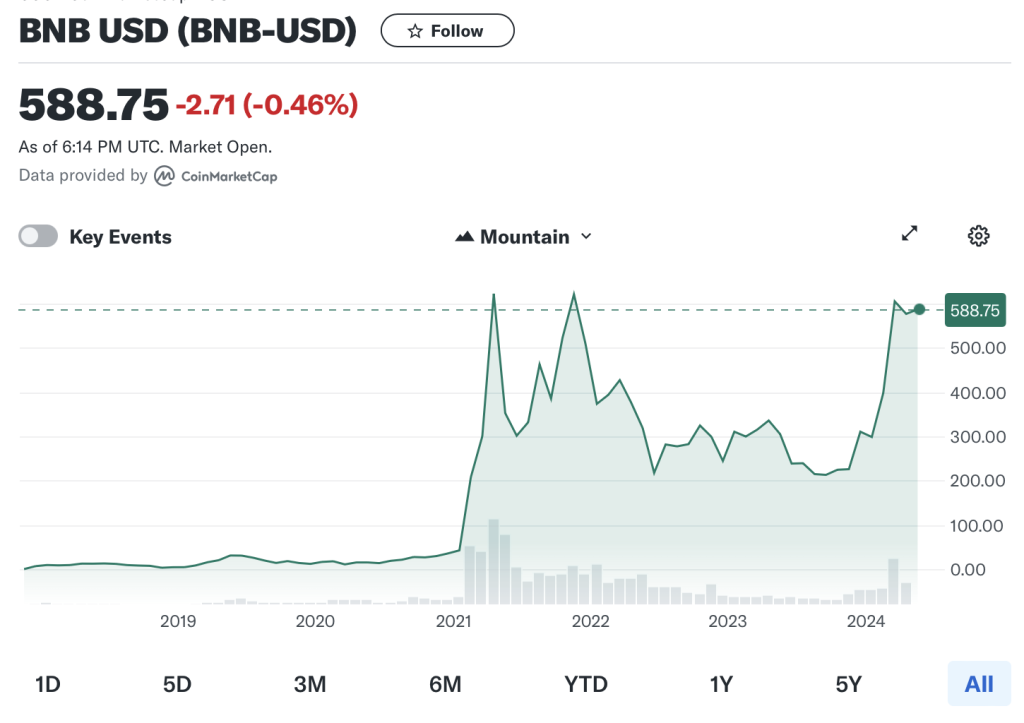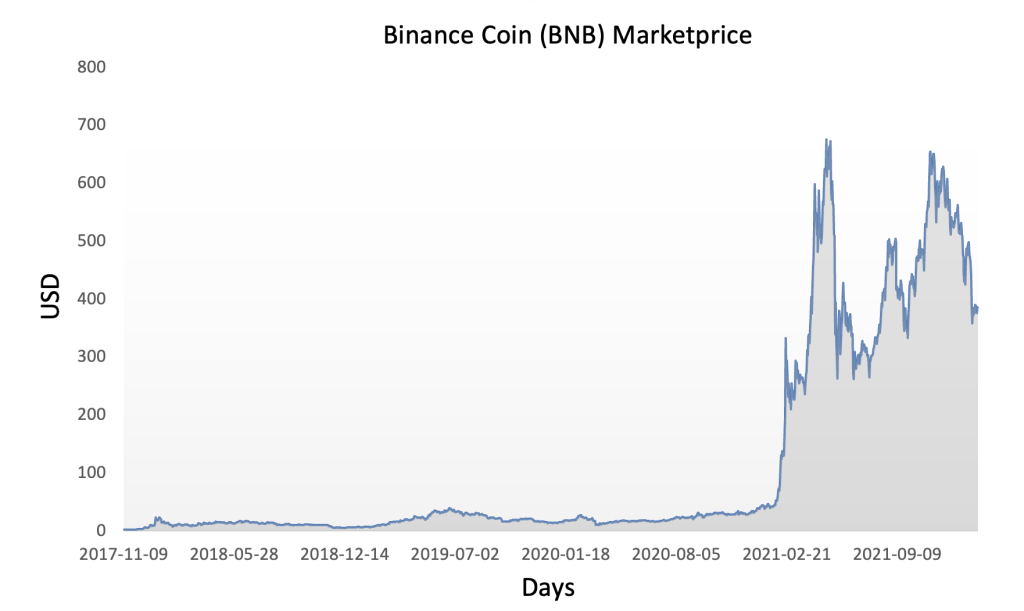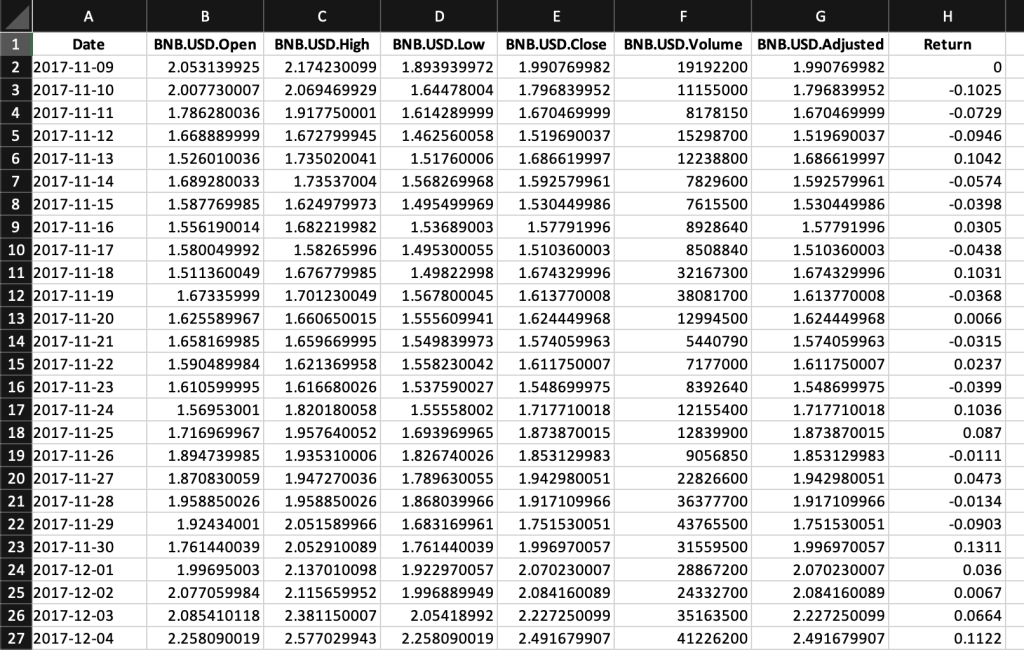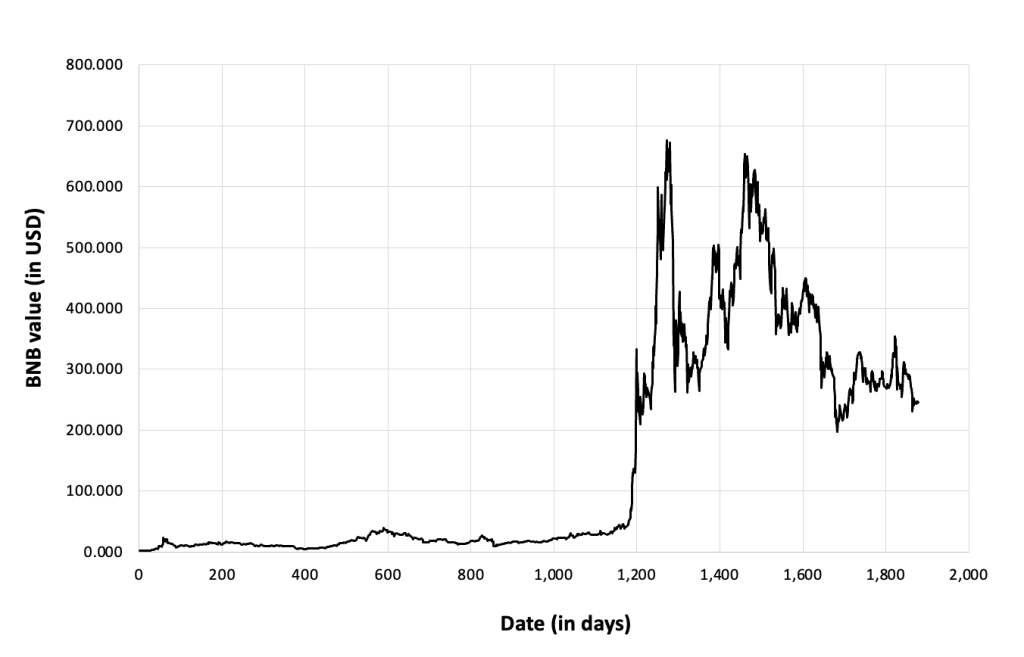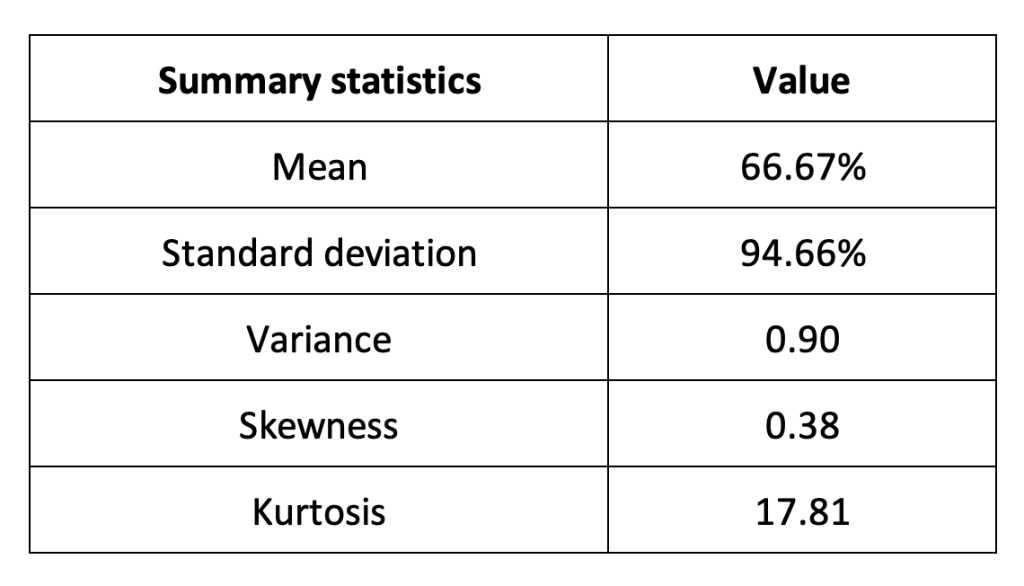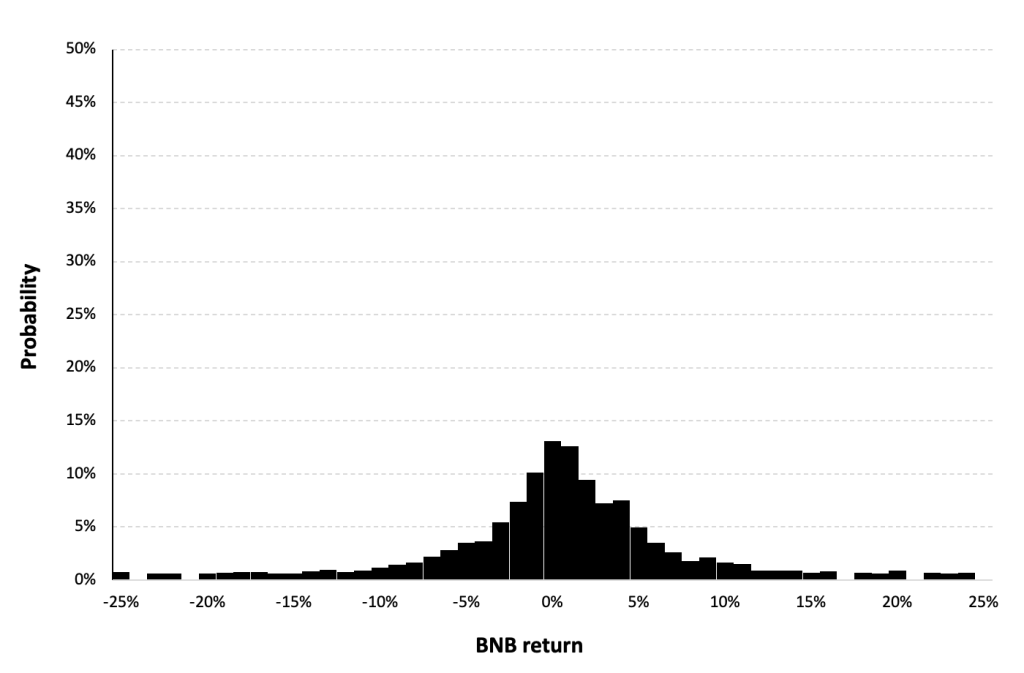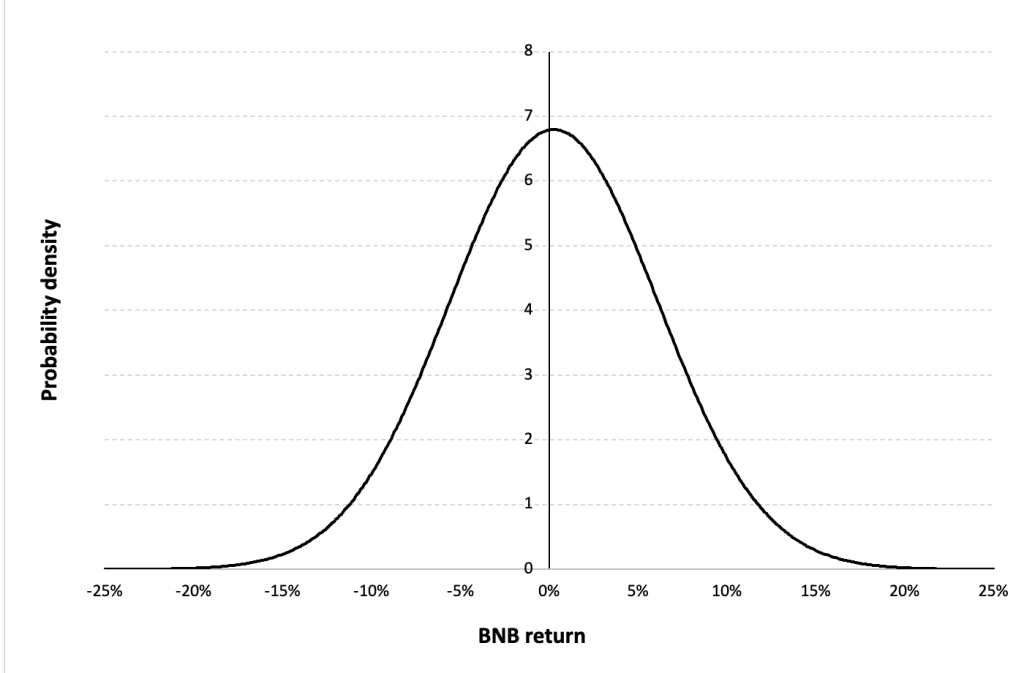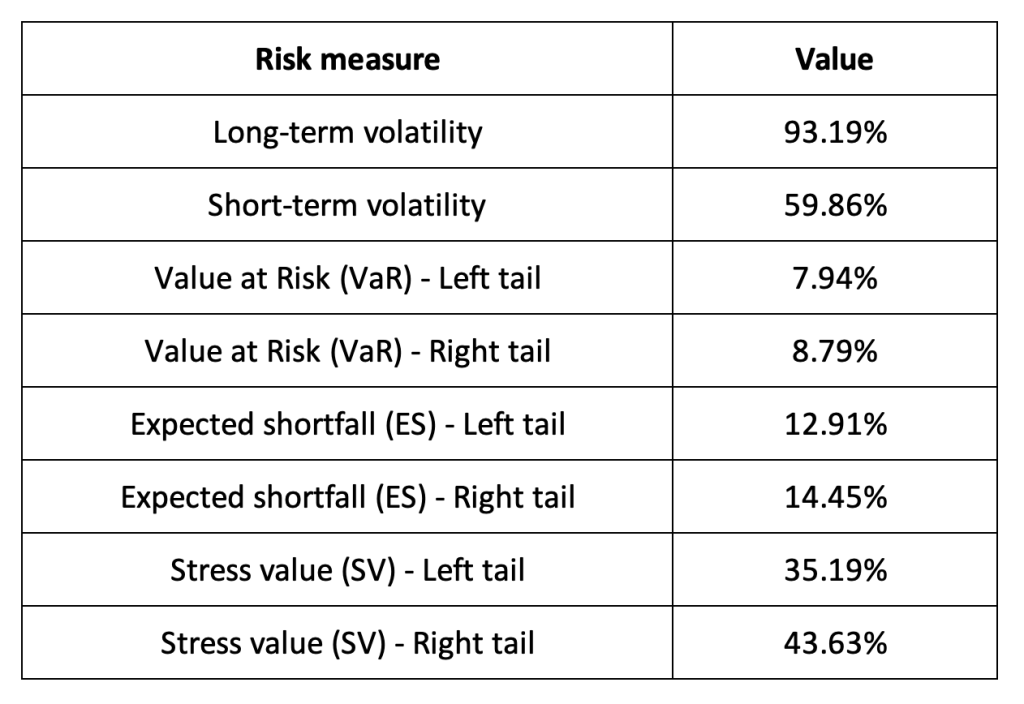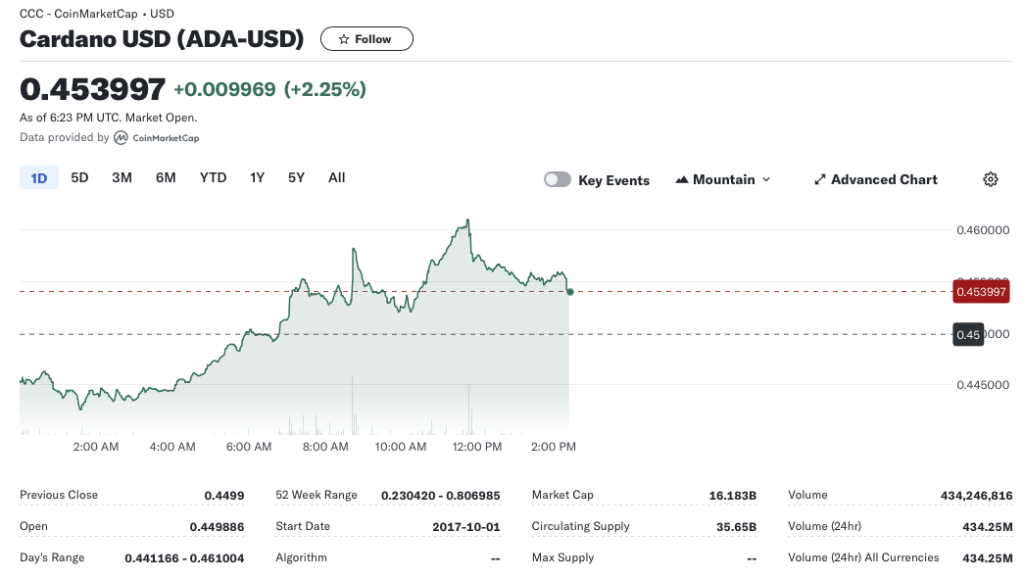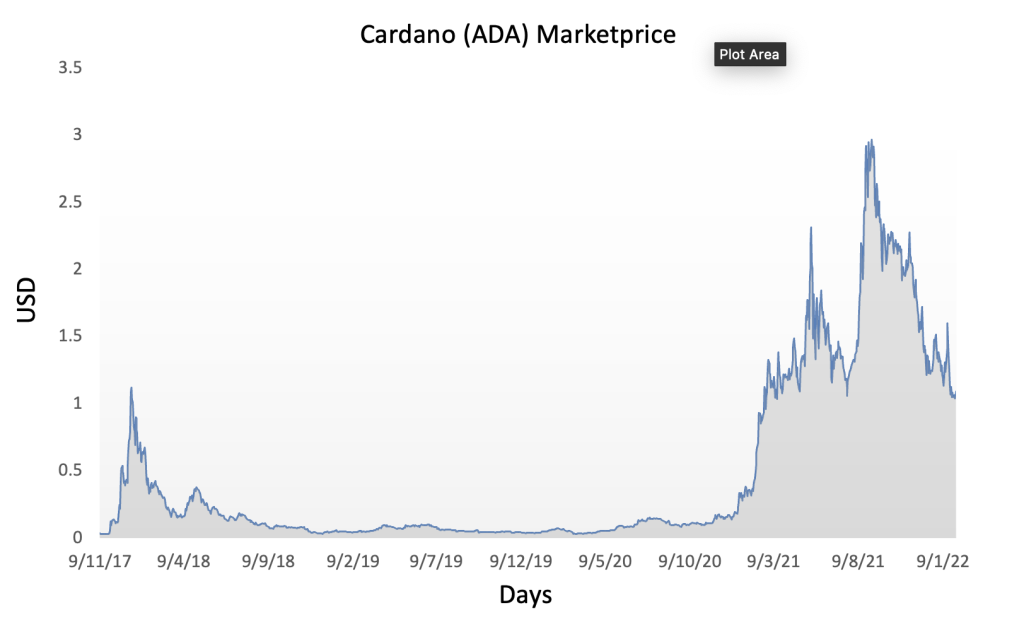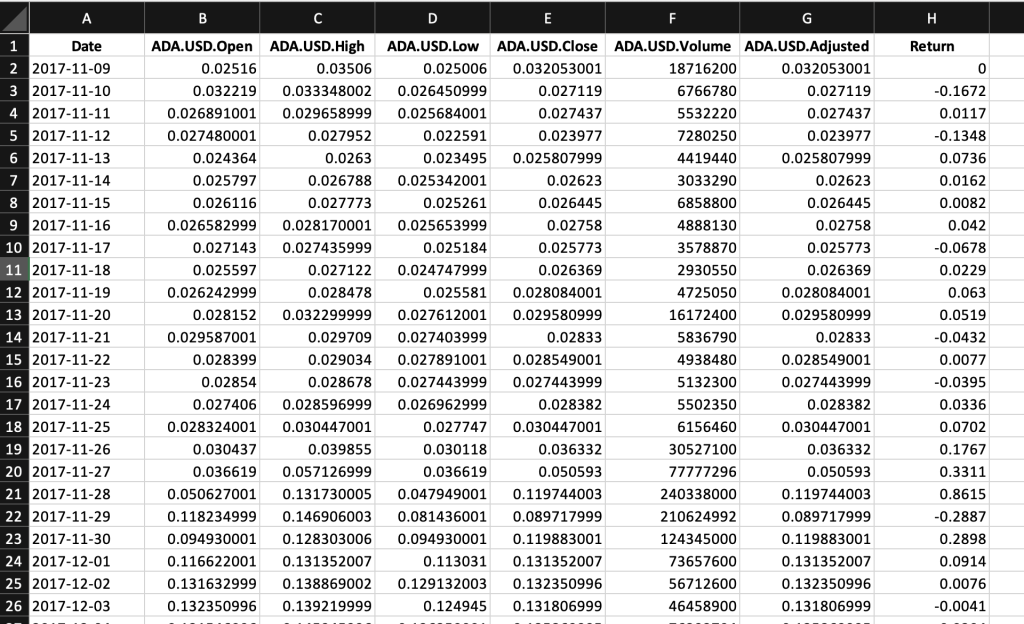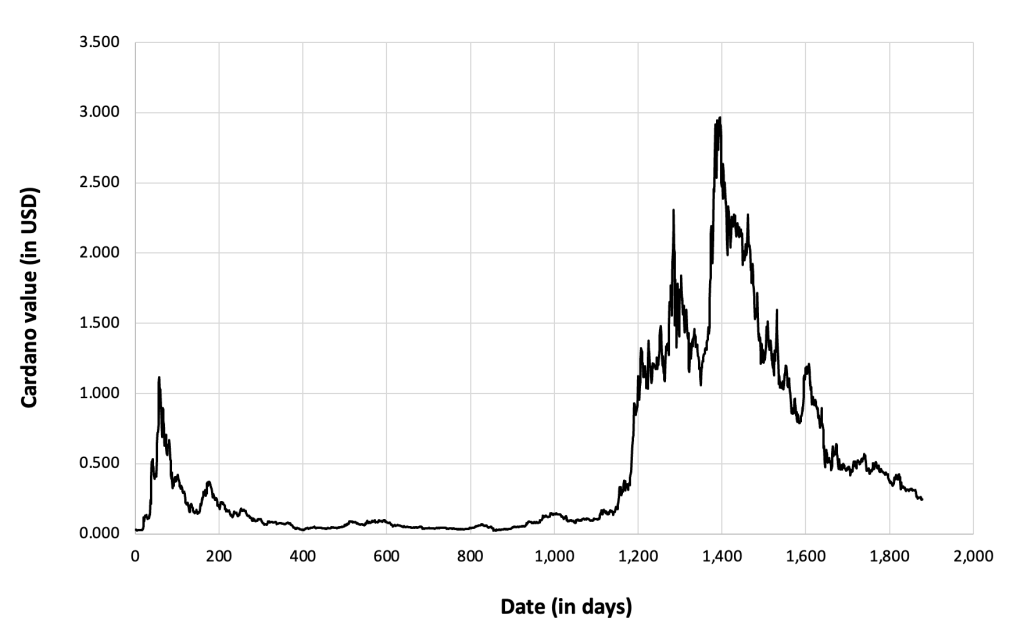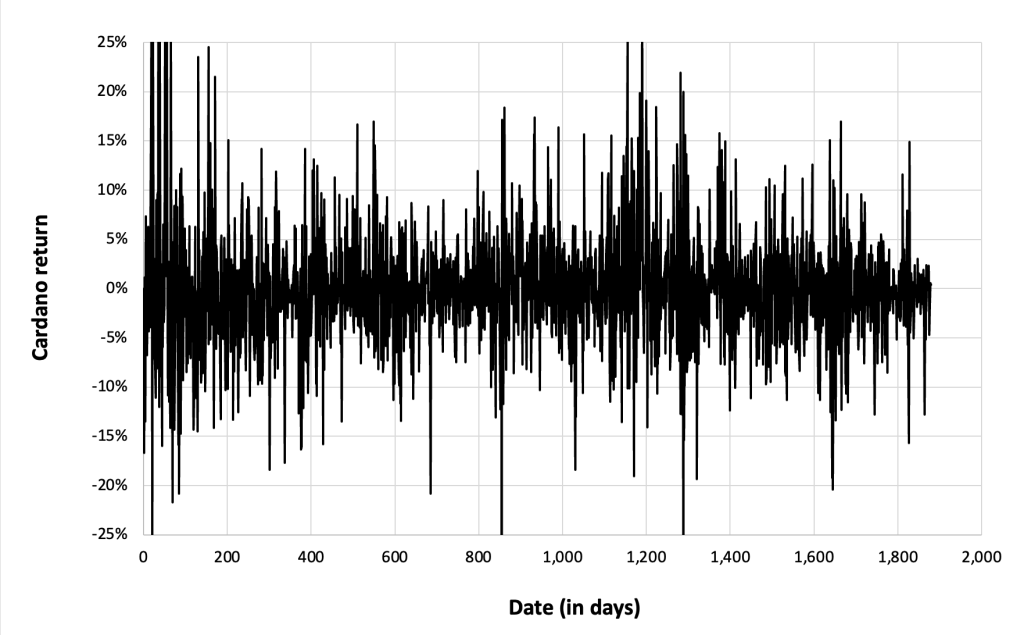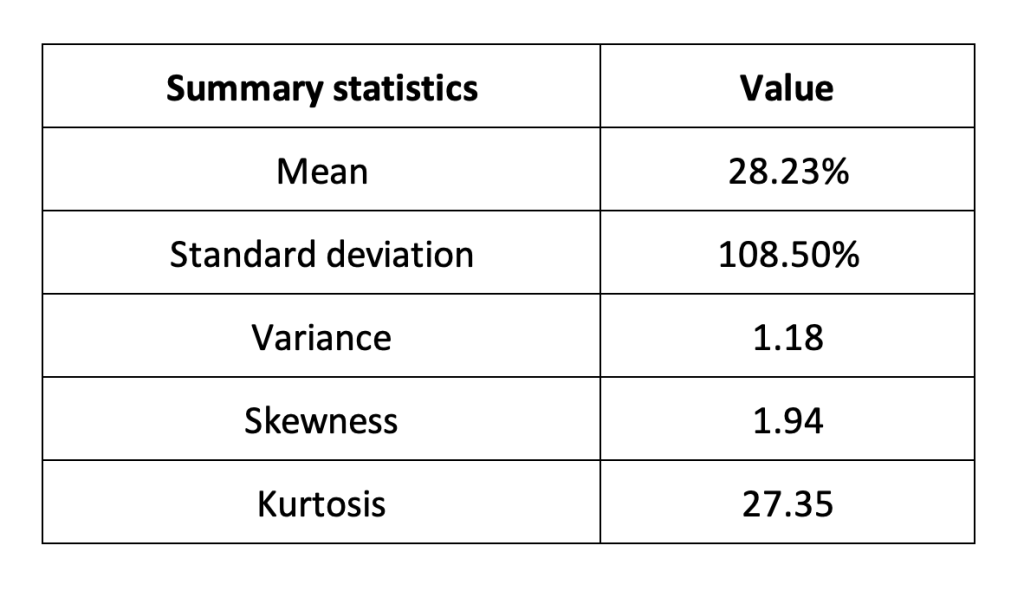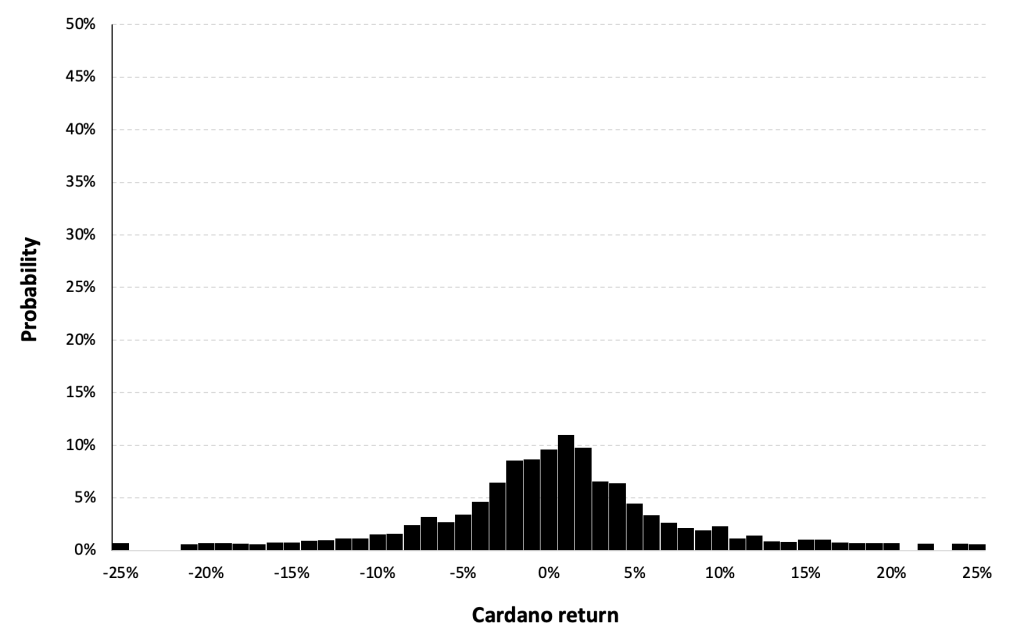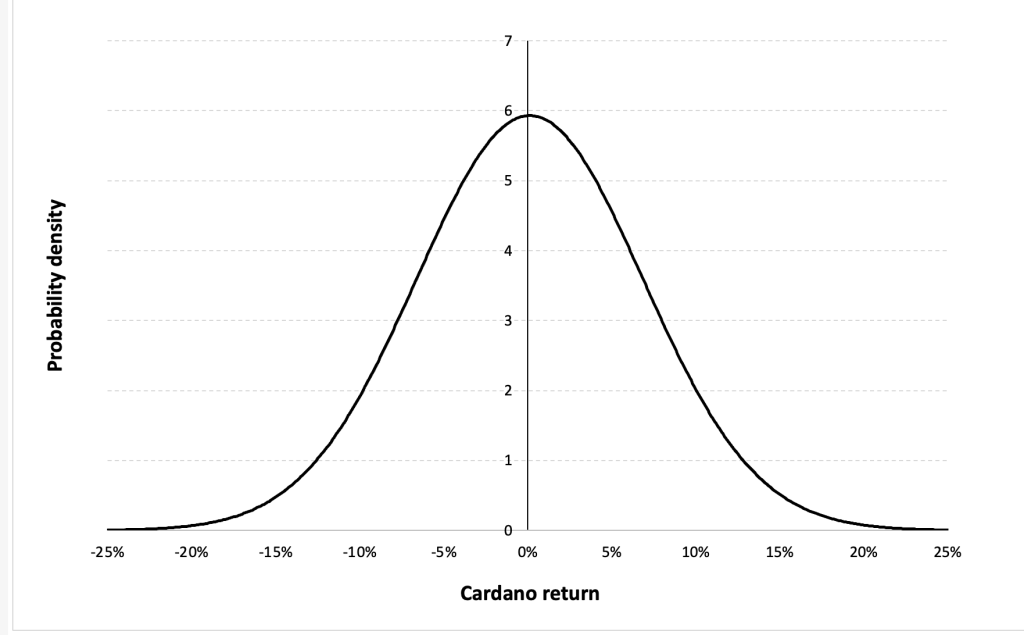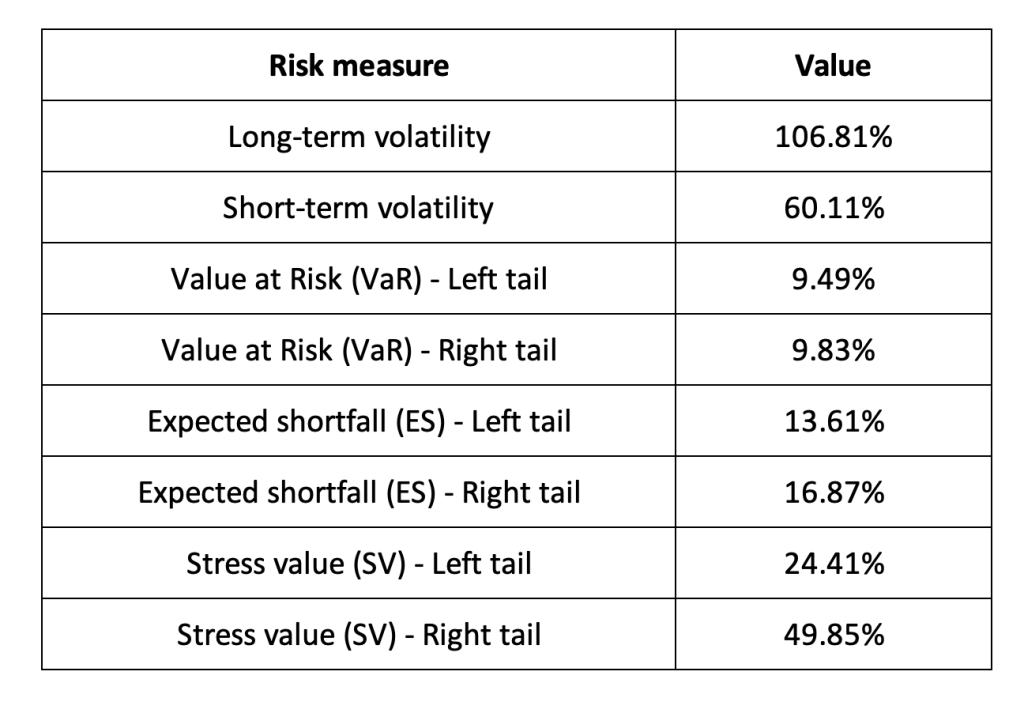S&P Global Market Intelligence

In this article, Nithisha CHALLA (ESSEC Business School, Grande Ecole Program – Master in Management (MiM), 2021-2024) presents S&P Global Market Intelligence, which provides financial data, news and analytics for the financial community.
Introduction
S&P company believes that to keep pace with today’s constantly evolving markets, data must be smarter, deeper, and instantly accessible. Their new Market Intelligence platform puts a world of information at the fingertips of market participants, allowing them to make strategic business decisions with conviction, speed, and laser-focused insight.
Logo of S&P Market Intelligence

Source: S&P Global
History
Standard & Poor’s (S&P) was established in 1860 by Henry Varnum Poor, initially focusing on providing financial data and analysis to investors. The company gained prominence for its pioneering efforts in financial transparency and market insights.
In 1923, Standard & Poor’s introduced the S&P Composite Index, a benchmark index that would later evolve into the iconic S&P 500. This index became a cornerstone of the financial industry, representing the performance of leading U.S. companies.
Throughout the 20th century, Standard & Poor’s expanded its offerings beyond indices, incorporating market intelligence services to provide comprehensive financial data and analytics to institutional investors, analysts, and businesses. In the early 2000s, Standard & Poor’s enhanced its global reach and capabilities through strategic acquisitions and partnerships. This period marked the integration of diverse datasets, analytics, and research services into a unified platform.
In 2016, Standard & Poor’s Financial Services LLC merged with McGraw Hill Financial, forming S&P Global Inc. This merger brought together a diverse portfolio of financial information services under the S&P Global brand. In 2018 they acquired Kensho, whose leading AI and machine learning capabilities drive actionable insights from very complex data.
In 2022, S&P Global and IHS Markit merge, leveraging complementary products to increase customer value and power the markets of the future. Today, S&P Global Market Intelligence remains committed to simplifying financial insights, offering a wide range of products and services that enable users to navigate complex markets with confidence. From earnings estimates to comprehensive coverage of asset classes, S&P Global’s history of innovation and dedication to excellence continues to shape the future of financial technology.
Key Components of S&P Global Market Intelligence
Earnings Estimates
S&P Global Market Intelligence aggregates consensus estimates from financial analysts covering a wide range of industries. Users could easily navigate through the most recent consensus and detailed estimates, revisions, guidance, multiples, surprises, trends, growth rates, and charts for fast and effective estimate tracking.
As of their platform, users seamlessly receive comprehensive global estimates straight into their systems, portals, and business applications through the company’s flexible Data Feed, Cloud, and API Solutions. With S&P Capital IQ Estimates, users can take advantage of historical and real-time consensus estimates, company guidance, analyst coverage, estimate revisions, and more to power their analysis and models.
Direct access and query S&P Capital IQ Estimates via Snowflake eliminates the data ingestion process and improves your productivity and efficiency.
Revenue Projections
S&P Global Market Intelligence delivers revenue projections on both a quarterly and annual basis. This allows investors to track short-term performance and long-term growth trends, offering a complete picture of a company’s revenue trajectory. We can rely on the latest information when we need it. Estimated revisions are updated intraday. Forecasted numbers are presented with point-in-time data.
Revenue projections are available across various sectors and industries, enabling users to conduct sector-specific analyses and comparisons. This helps investors understand industry trends and identify high-growth areas within the market. S&P Global Market Intelligence incorporates macroeconomic indicators into its revenue projections, such as GDP growth, inflation rates, and consumer spending patterns. This holistic approach ensures that revenue forecasts are grounded in broader economic realities.
Forecasts for Key Financial Metrics
Currently S&P Global is working on expanding its industry specific, segment and product level estimates. But its metrics already include general metrics (44), industry specific metrics for oil and gas, banks, insurances and REITs (Real Estate Investment Trust) and Commodity price targets.
Coverage
The S&P Market intelligence platform has a data coverage of over 15,000 banks, 13,257+ global insurance companies, properties across 101 countries with property data going back to 1995, Trucost’s deep environmental performance data on 15,000+ companies around the globe.
S&P Capital IQ Estimates are collected from broker research reports or from estimates feeds provided by the brokers directly. Their estimates data set does not include automated or computer generated estimates. The brokers in their network tend to be institutions and the estimates displayed on S&P Capital IQ Pro are collected from sell-side analyst estimates.
S&P Capital IQ Estimates capture “per share” estimates on the ticker/trading item level. If a user is not seeing all the contributors he/she expect for a company with multiple listings, the company recommends to check under the other listing(s). For example, Sony trades on TSE under 6758 and NYSE under SONY. They reflect the different estimates from analysts for the two trading items respectively. There is more estimates coverage for TSE:6758 compared to NYSE:SONY. The user may be looking at NYSE:SONY but expecting TSE:6758 coverage.
Period
The S&P Market intelligence historical data dates back to 1997 internationally and 1999 specifically for North American companies. The length of history varies based on metric.
Frequency
Their Data Feed Solution, Xpressfeed, paired with their proprietary loader technology, automates the download and management of data packages and enables delivery at any frequency.
The typical turnaround time is 2 hours for estimates (earnings, revenues, etc.), 1 hour for headlines, and 3 hours for guidance. For other vendors, the typical turnaround time is 24 hours, 12 hours and 12 hours (resepectively). This is one of the main qualities that differentiate S&P from other vendors.
Firms and Financial analysts
In a complicated world where one event triggers challenges for seemingly unrelated industries, S&P Global experts can provide market participants in-depth insights into the intersection of topics such as economics, shipping, automotive, commodities trading, oil and gas, financials, sustainability and more. S&P Global Market Intelligence provides high-quality industry data, financial data, news, analysis, and research to its client investors based on the client’s portfolio. Its clients include universities, corporations, government agencies, and investment professionals.
Pricing
Pricing depends on the scope of the usage regarding the following input factors:
Also for API / Datafeed solutions there are separate pricing guidelines, which depend on the amount of data items to be retrieved. This would need to be discussed with the business unit itself.
Use of S&P Global Market Intelligence by the Financial Community
Benchmark for Analysis
S&P Global Market Intelligence provides a vast array of financial metrics, including revenue, earnings, profit margins, and other key financial indicators. The platform offers tailored data for specific industries, enabling precise comparisons within sectors. This helps in understanding industry norms and identifying outliers. For instance, companies can benchmark their financial performance against the top players in their industry to identify strengths and weaknesses.
Market Expectations
S&P Global Market Intelligence plays a pivotal role in shaping and understanding market expectations. By aggregating analysts’ forecasts and market data, the platform helps users gauge investor sentiment and market trends. Key applications include Consensus Estimates, Market Sentiment Analysis and Trend Identification.
Earnings Season Preparation
During earnings season, S&P Global Market Intelligence is indispensable for preparation and analysis. Financial professionals use the platform to access earnings forecasts, historical performance data, and company reports, enabling them to anticipate results, post-earnings analysis and investor communications.
S&P Global Market Intelligence and Tests of Market Efficiency
Academic works
S&P fosters experiential learning with sustainability data and research that offer comprehensive data coverage, robust data linking, and flexible data delivery in the finance lab, student investment fund, research competition, and more. The platform also aids in identifying and analyzing market anomalies, contributing to the academic discourse on market efficiency. Researchers perform event studies to analyze how markets react to new information, such as earnings announcements or economic data releases.
Information Dissemination
S&P Global Market Intelligence excels in the rapid dissemination of financial information, ensuring that market participants have access to timely and accurate data. Real-time data, Custom Alerts and Comprehensive Coverage provided by the platform make it much easier to disseminate the information.
Pros and Cons
S&P Global Market Intelligence platform analysis helps investors evaluate the effectiveness of investment strategies and identify sources of outperformance or underperformance. It provides powerful analytical tools, real-time updates and comprehensive data.
On the other side, S&P Global Market Intelligence platform subscription costs can be high, potentially limiting access for smaller firms or individual investors. And the depth of information and tools available may require a learning curve for new users.
Conclusion
S&P Global Market Intelligence is a vital resource for the financial community, providing essential data, insights, and tools that support a wide range of financial activities. From benchmarking and market analysis to earnings season preparation and academic research, the platform empowers financial professionals to make informed decisions and stay ahead in a dynamic market environment.
Why should I be interested in this post?
Understanding how financial professionals use platforms like S&P Global Market Intelligence can contribute to your professional development, especially if you’re pursuing a career in finance, investment management, or financial advising. It demonstrates your interest in industry trends and best practices.
Related posts on the SimTrade blog
▶ Aamey MEHTA Market efficiency: the case study of Yes bank in India
▶ Louis DETALLE The importance of data in finance
▶ Bijal GANDHI Earnings per share
Useful resources
S&P Global The Market Intelligence Platform
Wikipedia S&P Global
S&P Global Estimates
S&P Global Data into insights
S&P Global Coverage and analytics
About the author
The article was written in May 2024 by Nithisha CHALLA (ESSEC Business School, Grande Ecole Program – Master in Management (MiM), 2021-2024).







